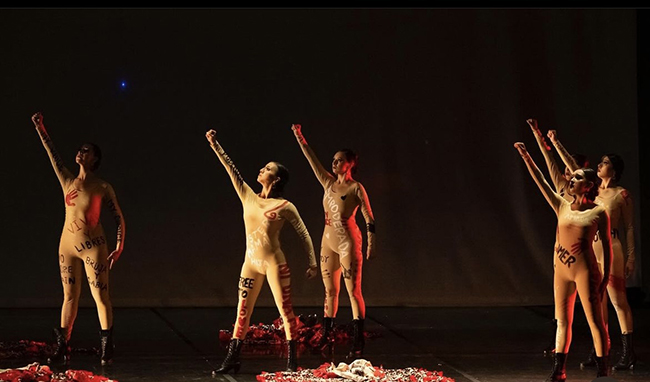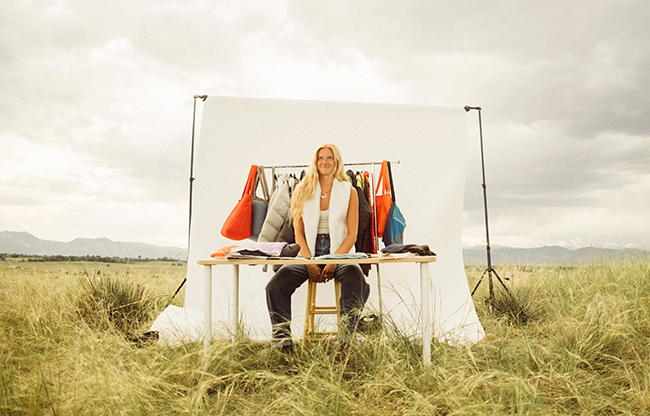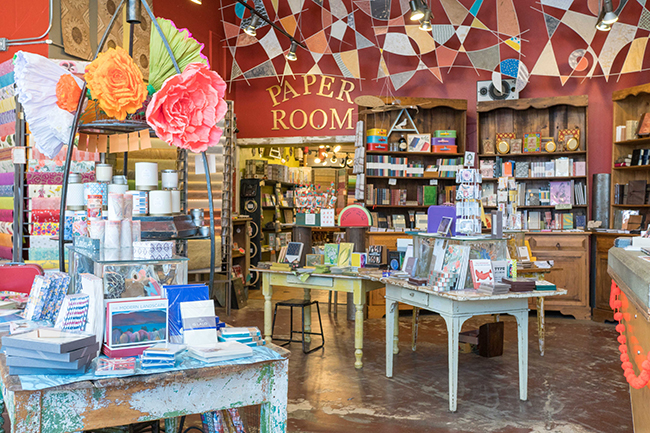Streamlined technical gear for Boulder
05 Jun 2015
Foxy Fittings
By Eli Wallace | Photos by Phil Mumford You’re 14, and you’re outdoorsy. What do you do when you’re trekking through the mountains and your gear is heavy, uneven and generally annoying? If you’re Åke Nordin in the 1950s, you wait till you get home to Örnsköldsvik, Sweden, and head to your mother’s sewing machine in the basement. And if you’re clever, you walk out with the world’s first framed backpack, made of strong cotton, leather straps and a wooden frame. After Nordin built his first prototype, he headed on a trip into the far north of Sweden, where he found the backpack both distributed weight more evenly and increased ventilation to his back. The indigenous Sami people wanted in; they asked Nordin to build backpacks and tents for their long treks into the high mountains of the Lapland. The rest is history. It’s a breezy Tuesday morning when I walk into the Fjällräven (pronounced fyahl-raven) store on the west side of Pearl Street, near the intersection with Eighth. As soon as a few customers wander in, the store becomes convivial, almost like sitting around a campfire; people swap stories and adventure plans, and the air is thick with wanderlust.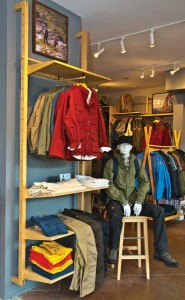
Wax & Packs
One of the keys to Fjällräven’s versatility is Greenland Wax, sold in solid bars like soap. Greenland Wax makes G-1000 waterproof, wind resistant, mosquito repellent and UV-blocking. The wax lets consumers tailor the gear to their needs; more wax fights the elements better, while less makes for more breathable gear.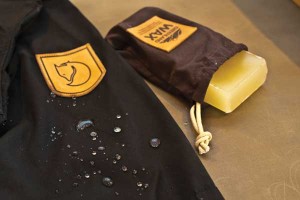
Fjällräven (720-508-8191; www.fjallraven.us) is located at 777 Pearl St., Boulder 80302. It’s open Mon-Sat from 11am-7pm and Sunday 11am-6pm. Metered parking is available on Eighth and Spruce streets.
By Eli Wallace Photos by Phil Mumford




